We work with numerous educational institutions. Like everyone else, they are finding creative ways to do more computing with less funding. Desktop virtualization and thin client computing is a trend we see increasing to meet the demands of lower-cost solutions for 21st Century learning opportunities. The goal of any desktop virtualization or thin computing project is to lower your per-seat cost. While there are may ways to accomplish this goal, one of the lowest cost ways is to leverage solutions from NComputing.

To date, we have used two different types of NComputing solutions. The first, and most cost effective type, is their X-Series terminals. In this setup, one or two PCI cards is installed in a host machine. These PCI cards each support 5 terminals. This gives each host a maximum of 11 terminals. Traditionally, the host machine has a Windows Server Operating System. Most recently, we’ve seen Windows MultiPoint Server 2010. (Visit NComputing’s website for a guide on licensing Microsoft Windows in a multi user environment.)
The cost for this type of setup can be as low as $300 per seat, after you factor in licensing. Like any solution, there are advantages and disadvantages. The advantages of the X-Series are mostly related to its low cost. Another benefit, though, is the fact that the devices are powered off of the PCI card. This significantly lowers the required number of electrical outlets required to run a lab. It also means there is less power consumed and a lower monthly utility bill. Obviously with this low cost solution, there is a downside. The devices handle low intensity applications well. Web browsing and Microsoft Office work great. They do not handle streaming media and Adobe Flash games well. All of the terminals will run at the same resolution, so you’d want to have similar-sized monitors on each terminal. Typically we see 17″ LCDs. The terminals are VESA compliant, so they will mount to the back of these LCDs for a very organized installation. Keyboard and mouse connectivity is via PS2, so availability of these peripherals is lower. Because these units are powered by the PCI card, there are distance limitations for connectivity to the host machine of 5 meters for CAT 5 and 10 meters for CAT 6 cables.
The second type of NComputing solution we’ve deployed is the L-Series terminals. These units are similar to the X-Series, except that they connect to the host machine via a TCP/IP network connection. Imagine cost savings similar to the X-Series, but the ability to deploy the machines throughout the network, as opposed to within 10 meters of the host machine. The L300 series units perform well when using rich media. They also support high availability. If you have multiple vSpace hosts, the terminals can connect to a backup in the event of a failed primary host. A vSpace host can support up to 30 L300 units per server. These hosts can be either virtualized or physical hosts. Each unit requires its own power supply but only uses about 5 watts of power. In the future, it would be nice if they would incorporate 802.3AF Power Over Ethernet so the requirement for a dedicated power supply would be gone. Along with the zero management capabilities of vSpace, this would make deploying these units a breeze. We are currently testing ways to incorporate the L300 series units into our XenDesktop/XenApp infrastructures.
NComputing is not new to the education sector; their website states that they are in 30,000 schools across 140 Countries. Those are some impressive figures, backed by many satisfied clients and innovative offerings. Recently the company announced their classroom in a box offering.
In addition to lowering your per seat hard costs, desktop virtualization solutions can be used to lower your total cost of ownership. Pain points like application management, system imaging and patching can be alleviated by taking a desktop virtualization approach. Like any technology, it is a good idea to start with a small proof of concept test before jumping completely into it. At ITS, we have several lab environments that we lend out for such testing; contact us to see a desktop virtualization lab in action on your network or ours.
